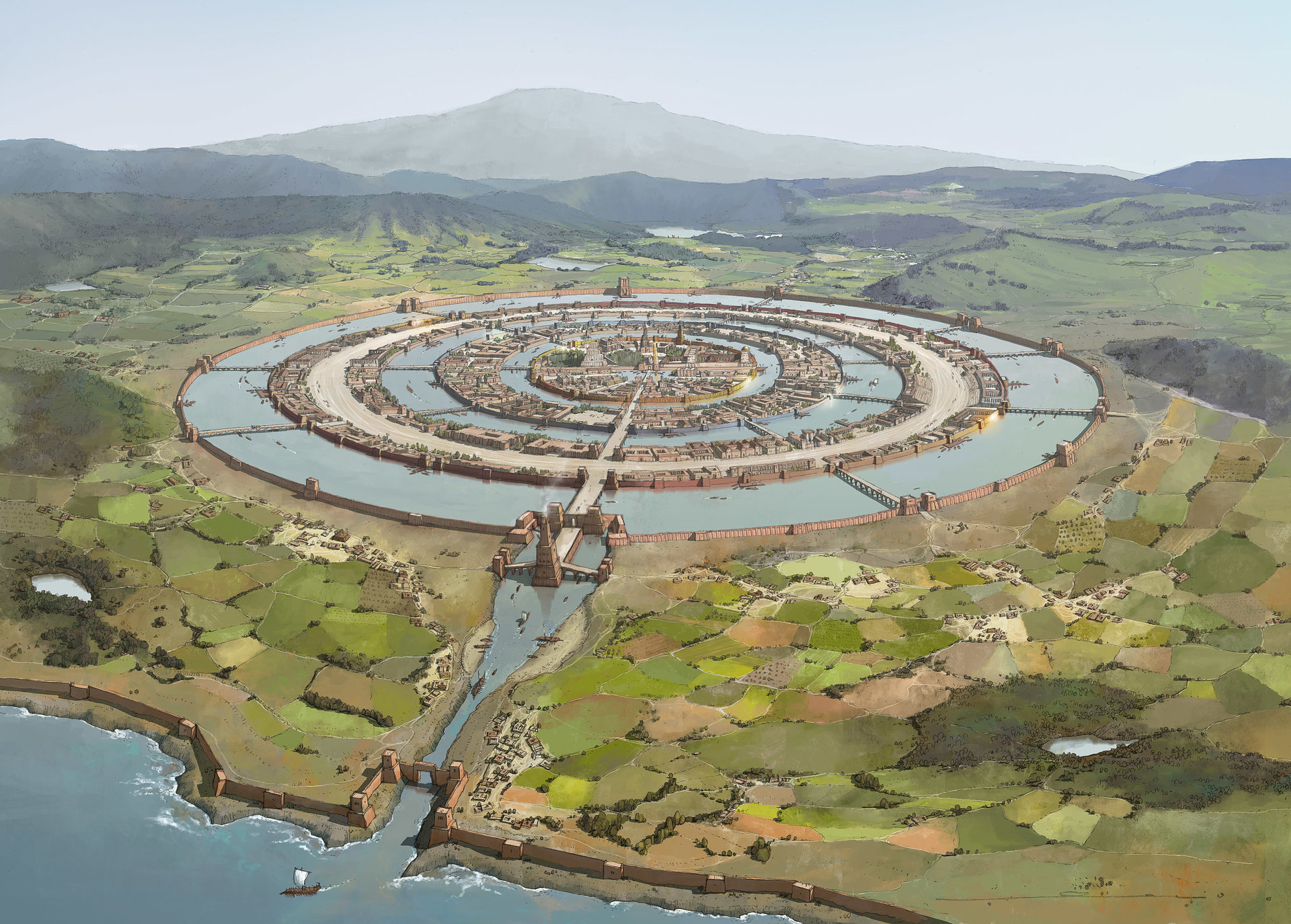Lost Ancient Civilizations You Were Never Taught About in School
History is filled with tales of greatness—but some civilizations left behind more questions than answers. Lost ancient civilizations, once thriving and influential, have vanished into the shadows of time, leaving behind ruins, legends, and mysteries still unsolved.
From the sands of the Sahara to the jungles of Central America, these forgotten empires challenge everything we thought we knew about human advancement. How did they rise? Why did they fall? And what secrets might they still be hiding beneath the earth?
In this article, we’ll journey through the most fascinating ancient civilizations that disappeared without a trace—some lost to nature, others to war, and many to the silent march of time.
The Indus Valley Civilization – A Lost Ancient Civilization Ahead of Its Time
Buried beneath layers of dust in modern-day Pakistan and northwest India lies the Indus Valley Civilization—one of the most advanced ancient cultures the world has ever seen, yet one of the most mysteriously lost ancient civilizations in history.
Emerging around 3300 BCE, this forgotten society built massive, well-planned cities like Mohenjo-Daro and Harappa with sophisticated drainage systems, grid-like streets, and standardized brick sizes. They had no apparent monarchy or temples, suggesting a highly organized but decentralized society—an anomaly among ancient empires.
What makes the Indus Valley Civilization so astonishing is not just its innovation, but its sudden disappearance around 1300 BCE. Without evidence of major war or catastrophe, historians are still baffled. Was it climate change? River shifts? Or a slow cultural diffusion? No one knows for sure.

Despite its disappearance, traces of this vanished civilization continue to influence the region’s culture and urban planning. Its untranslatable script, however, remains one of the great unsolved mysteries of archaeology.
Göbekli Tepe – The Forgotten Cradle of Civilization- Lost Ancient Civilizations
Long before the pyramids of Egypt or the ziggurats of Mesopotamia, there was Göbekli Tepe—a site so ancient it completely rewrites what we thought we knew about the origins of civilization.
Discovered in southeastern Turkey and dated to around 9600 BCE, this megalithic complex is widely regarded as the world’s oldest known temple. It predates writing, agriculture, and even the wheel
Massive T-shaped pillars—some weighing up to 20 tons—are arranged in intricate circles and decorated with carvings of animals and abstract symbols. And yet, this was all built by hunter-gatherers, not city dwellers. How did a non-sedentary society orchestrate such a monumental feat?
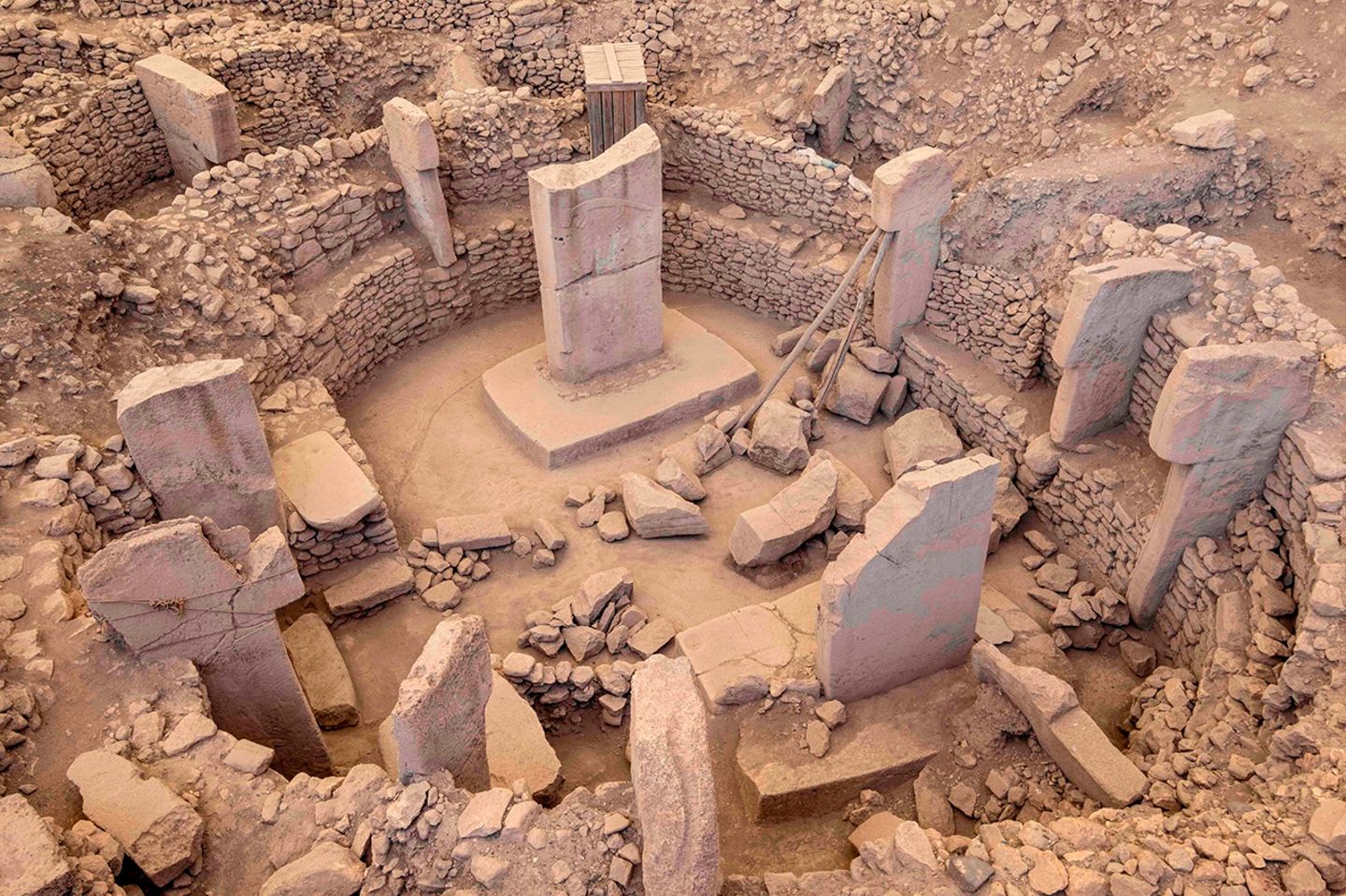
Göbekli Tepe challenges the traditional narrative that religion and complex societies emerged after agriculture. Instead, it suggests the reverse: that shared spiritual belief may have sparked the formation of ancient civilizations.
To this day, only a small portion of the site has been excavated, leaving countless mysteries buried beneath the earth—waiting to reveal even more about one of the most intriguing lost civilizations in human history.
The Hittite Empire – A Forgotten Power of the Bronze Age - Lost Ancient Civilizations
Who Were the Hittites?
The Hittite Empire, centered in Anatolia (modern-day Turkey), rose to prominence around 1600 BCE, becoming one of the dominant powers of the ancient Near East. Despite often being overshadowed by their Egyptian and Mesopotamian counterparts, the Hittites held an empire that spanned across modern-day Turkey, Syria, and Lebanon.
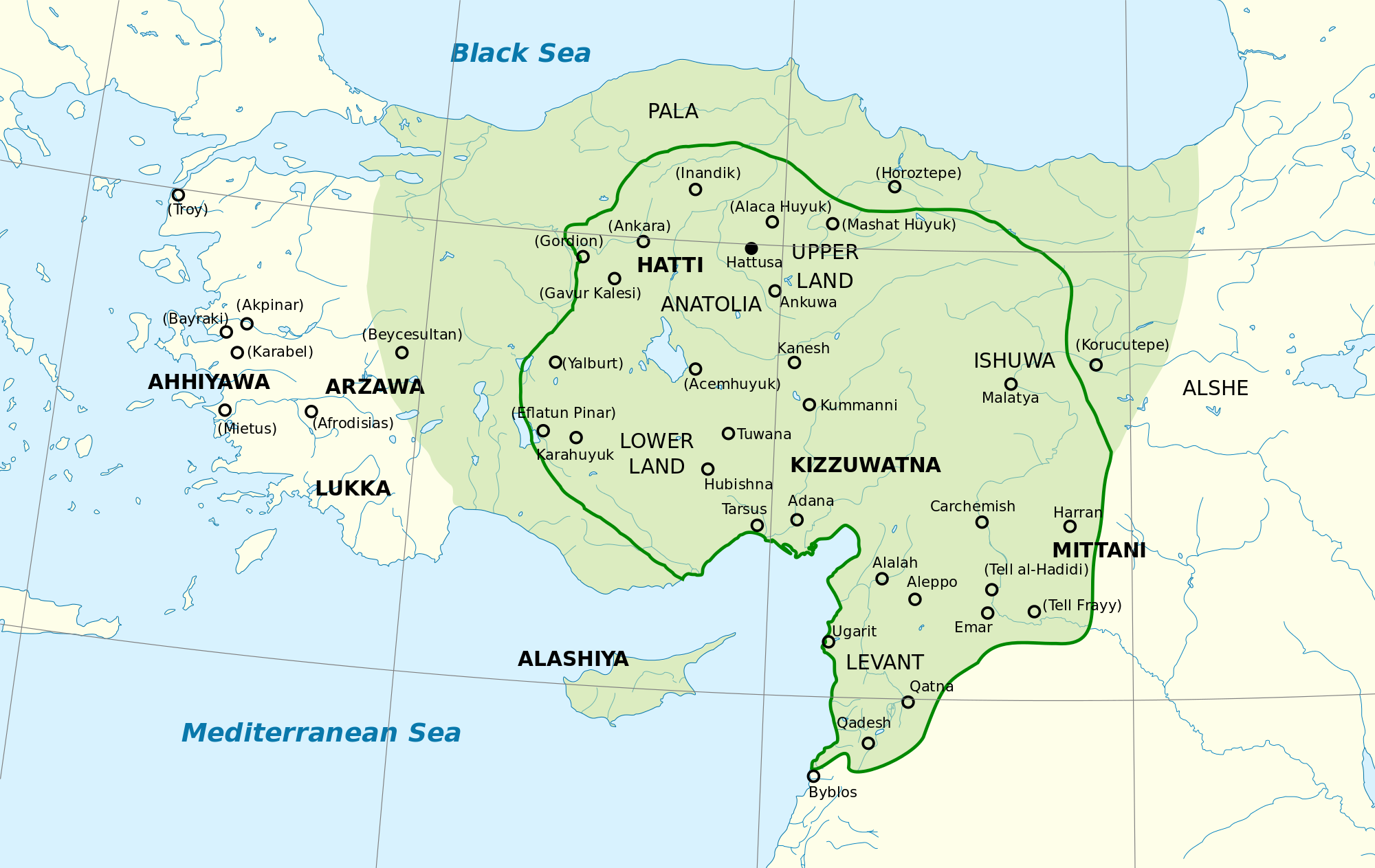
They were pioneers in diplomacy, warfare, and law. Their legal codes were surprisingly progressive, and their chariots were feared across battlefields. At one point, they even signed the first known peace treaty in history with Ramses II of Egypt after the iconic Battle of Kadesh.
Why Were They So Influential?
The Hittites mastered ironworking earlier than many neighboring civilizations, giving them a crucial edge in both agriculture and war. They were also skilled negotiators, establishing a network of alliances and vassal states across the region.
Their archives, discovered in Hattusa, their once-glorious capital, revealed thousands of clay tablets that showcase their diplomatic sophistication, mythology, and legal structures.
Why Did They Disappear?
Around 1200 BCE, the Hittite Empire vanished abruptly, likely due to the widespread collapse that affected many Bronze Age societies. Possible causes include invasion by the Sea Peoples, internal civil unrest, and climate-related famines.
Though forgotten for centuries, the Hittites are now recognized as one of the most formidable and underrated ancient civilizations, and a vital piece of the puzzle in understanding the ancient world.
The Olmecs – A Pillar of Lost Ancient Civilizations
Who Were the Olmecs?
The Olmecs are widely considered the “mother civilization” of Mesoamerica. Thriving from approximately 1500 BCE to 400 BCE, they laid the cultural foundations for later empires such as the Maya and Aztecs. Yet, their legacy remains wrapped in mystery, making them one of the most fascinating lost ancient civilizations.
They are best known for their colossal stone heads, some weighing over 20 tons, with distinct facial features suggesting a sophisticated and possibly hierarchical society. The Olmecs developed one of the earliest known writing systems and used a complex calendar system long before their successors.
Why Were They So Influential?
The Olmecs pioneered urban planning, pyramidal structures, and possibly even ball games that became deeply rooted in Mesoamerican culture. Their influence spread across southern Mexico, shaping religion, politics, and art for centuries to come.

The Olmecs pioneered urban planning, pyramidal structures, and possibly even ball games that became deeply rooted in Mesoamerican culture. Their influence spread across southern Mexico, shaping religion, politics, and art for centuries to come.
Despite their early origin, traces of Olmec culture echo throughout Central America — a testament to their power and reach.
Why Did They Disappear?
The reasons for the Olmec civilization’s decline remain uncertain. Scholars suggest a combination of environmental changes, such as shifting rivers or droughts, alongside potential internal unrest or resource depletion.
By 400 BCE, the once-flourishing cities were abandoned, leaving behind enormous sculptures and clues that still baffle archaeologists today.
Atlantis – The Most Famous Lost Ancient Civilization
Myth or Memory?
First described by Plato around 360 BCE, Atlantis was said to be a powerful, advanced civilization located “beyond the Pillars of Hercules.” According to legend, it possessed great wealth, naval strength, and utopian knowledge—until it was swallowed by the sea in a single day and night of misfortune.
Why It Disappeared?
The Enduring Obsession
Atlantis remains one of the most enduring stories of lost ancient civilizations, captivating researchers, conspiracy theorists, and explorers alike. Whether myth or buried truth, its legend fuels documentaries, books, and countless theories—keeping the mystery alive millennia later.

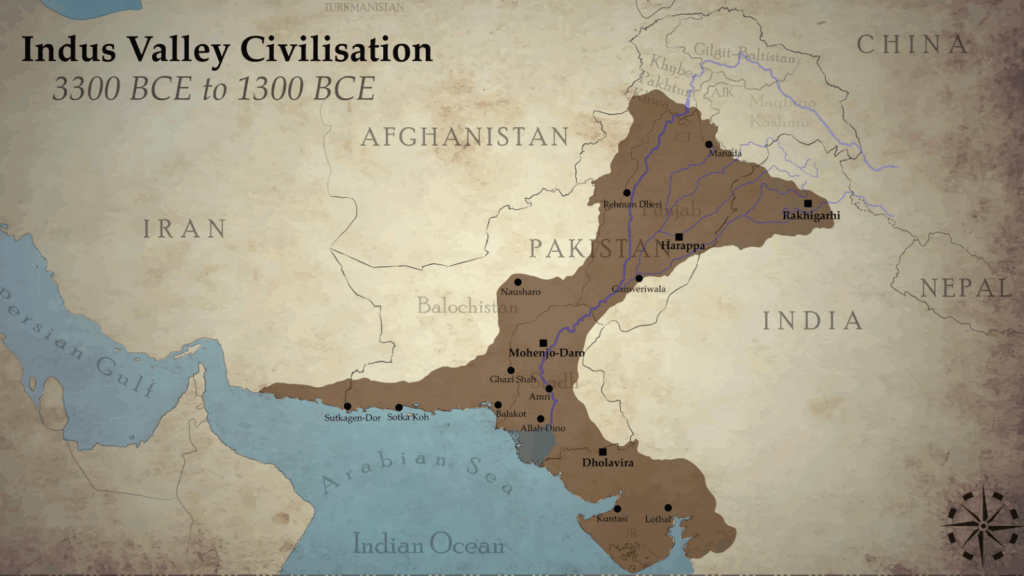
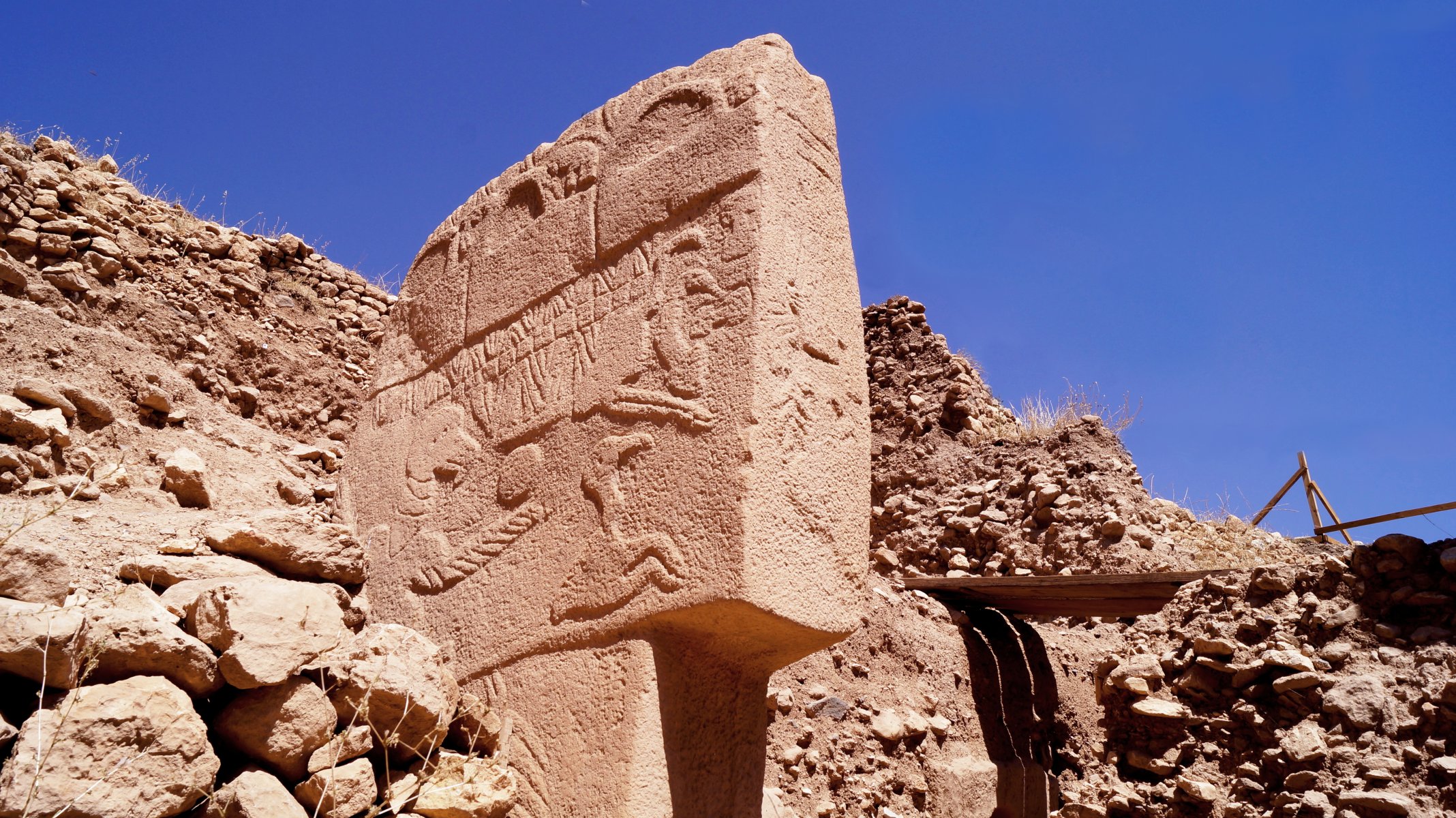
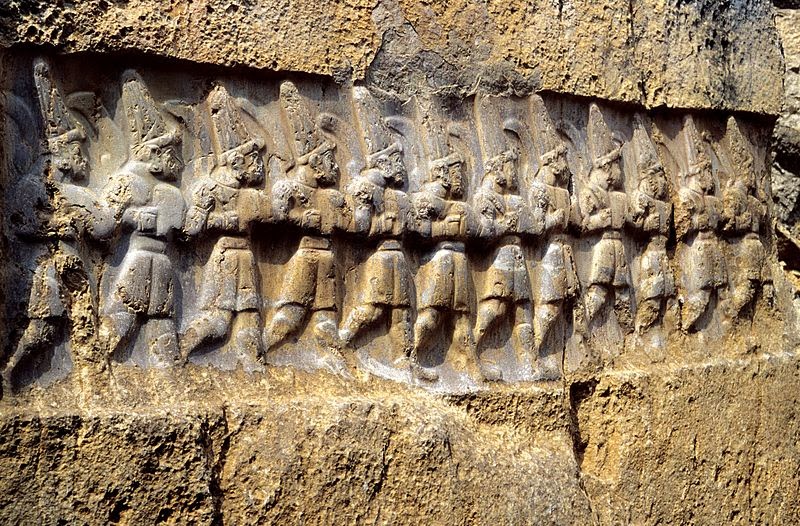
/GettyImages-1078376232-15163f98e3b8418ea3fc7f6b06debf7e.jpg)

